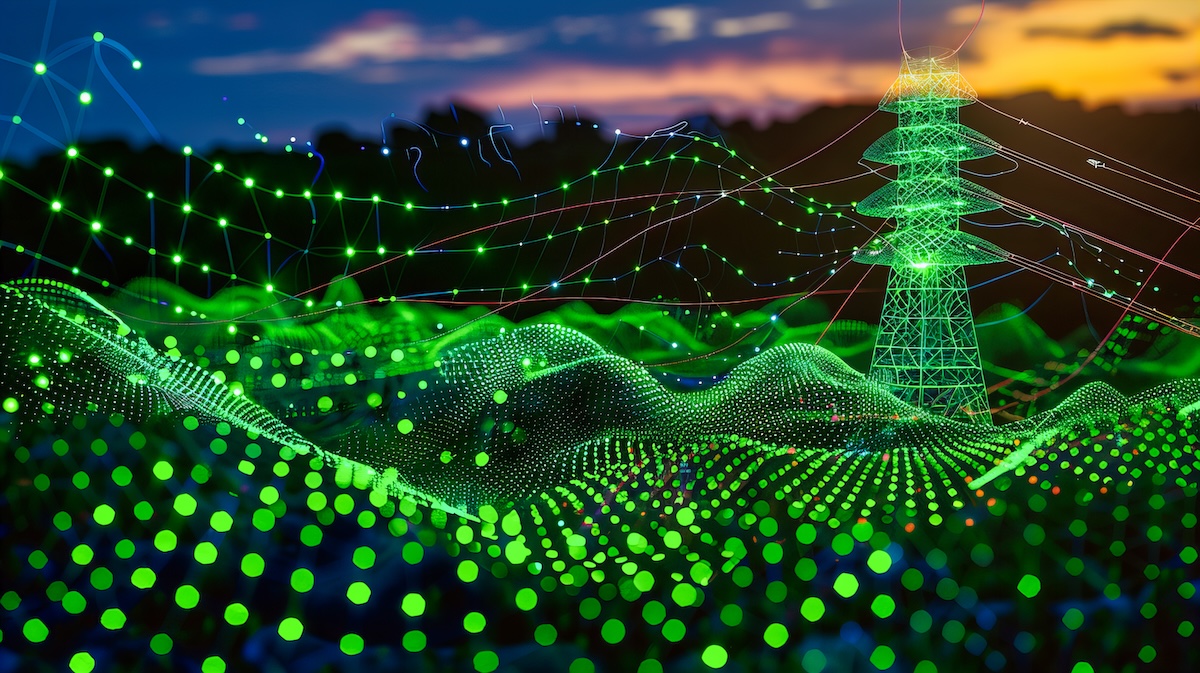Climate Action: Carbon Capture in perspective
Worldwide global warming is a serious topic of worldwide significance which is the subject of planned US and other mitigating legislative initiatives. From that perspective, carbon capture and store technologies (CCS) becomes an increasingly important means of reducing carbon dioxide (CO2) emissions from the atmosphere over the previous decade as the main climate-related greenhouse gas. CCS’ global popularity is mainly based on three main things. Firstly, there is a rising understanding about the need to reduce worldwide emissions of CO2 to prevent major effects of global warming (Council, 2010, Solomon et al., 2007).
Secondly, it’s indeed clear because the considerable decrease in emissions cannot easily or fast be accomplished through the use of lesser energy or perhaps the replacement of renewable fuels by low- or no CO2-emitting alternate power resources. Unfortunately, the truth now is that the world depends on coal and oil for more than 85% of its power consumption. This should require years to change this picture drastically. The CCS thus provides widespread use of smoother, durable renewable energies or technology, to achieve considerable CO2 decreases via power stations or other industrial emissions (Rubin et al., 2012).
Third, power economic systems demonstrate the huge decrease in costs of combating climatic changes in addition to other greenhouse gas reduction initiatives. These analyses also show that the cost-effective spectrum of various reduced emissions techniques was important for 2030 and well beyond CCS (Edmonds, 2008, Netz et al., 2007).
Types of Carbon Capture Technique
The summary of some of the separation technique are discussed below:
Physical absorption
The physical absorption is carried out within 2 primary steps. These would be the mechanism of absorption and removal. The absorption procedure requires the interaction of processed gases with solution flux and the physical collection of CO2 by solvents. The removal consists of CO2 and the solvent typically saturate is heated to form the new solvents and release the CO2 just at the peak of the chambers. Other factors like large but lower temperatures influence physical desorption. In comparison with the chemically absorbent, physical absorption offers excellent absorption features (Martín et al., 2011, Romano et al., 2010).
Adsorption
Adsorption varies significantly from absorption, as adsorption involves the development of terms of physical and chemical connections between CO2 as well as the adsorbent. The adsorbed CO2 then disappears via pressure swing adsorption (PSA) or temperature swing adsorption (TSA) to renew its adsorbents. Although CO2 levels are modest, adsorbed to the temperature differences are commonly applied although high PSA levels are recommended. Pressure-driven membrane adsorption is helpful due to the short time needed for the adsorbed regeneration. Zeolite and amino group sorbents are among the well-known physical adsorbents (Jiang et al., 2015, Casas et al., 2013).
Membrane Technology
A concept of Knudsen diffusion is the result of membrane technology. CO2 absorbs & diffuses inside the membranes at a rate proportionate to the pressure difference of the membranes. If carbon was captured from flue gas because carbon dioxide was much less, additional energy was needed because compressing activity needs to maintain sufficient driving power to achieve the carbon capture ratios needed. Improving its selection depends on the permeability of the membrane. The permeation and selection of CO2 throughout the membranes are supported. The different invention of membranes technologies is the hybrid lattice membranes (Dai and Deng, 2016, Park et al., 2015).
Cryogenic Separation
That technique covers numerous compression uses at atmospheric temperatures and gas separation pressures. Such a method is appropriate for the production of liquid carbon dioxide. It also enables environmental pressure and liquid CO2 operations. Consequently, they financially facilitate CO2 transmission. There are also several restrictions to cryogenic separation. The temperature range, which is therefore low and has high running costs, is energy heavy. Ice development in a cryogenic technique often leads to a blocking of the pipe system, reducing the pressure for falling producing safety hazards (Dai and Deng, 2016, Zheng et al., 2017). Know more about what is direct carbon capture from our previous article.
Environmental Impact
The capability to maintain biodiversity and ecology is indeed a basic concept of ecological growth (Owusu and Asumadu-Sarkodie, 2016). The environmental impact of CSS technologies is highly crucial. The ongoing surveillance of the atmosphere, soil, water, and other resources typically determines this. Occasionally, owing to the execution of such CCS projects, diversity, ecology, and area for the culture of plants are damaged. Food output may decrease in those cases in which transportation channel is created through agriculture (Akhtar and Sarmah, 2018a, Akhtar and Sarmah, 2018b). In certain undertakings, the migration of healthy and reliable infrastructures becomes inevitable. Occasionally life inside the seas also is killed and the environment is particularly susceptible (Fan et al., 2011). This seems to be largely the case with operations onshore and offshore. Because of the effects on ecosystems, this might contribute to reversal diversification. The CCS risk evaluation shall require the harm caused by the CCS plant and also the ecosystem under consideration. It is highly crucial to recognize the environmental impact of the CCS operation. One problem with CCS projects is the leakage of CO2. The transit leaks of contained CO2 could cause soil, natural vegetation, and soil composition to be destroyed. The final mortality may indeed be caused by exposure to elevated CO2 levels. Scotland evaluated the impact on the maritime environment of CO2 leaking in 2012. The researchers concluded that a rise in CO2 caused certain organisms to respond badly (Shackley and Verma, 2008).
Future Prospect
An economic new paradigm and indeed the selection of an effective carbon reduction technique would make an objective of a 40% to 45% reduction in CO2 outputs highly possible, and the incorporation of CCS into all these initiatives would decrease overall energy pollution, as coal has become one of the important sources (Socolow et al., 2005). CCS was designed to collect pollutants from associated chemical industries. It has an absorption capacity of 85%–95% of CO2 pollutants. This means that the energy industry could cut almost one billion to carbon dioxide when more than 50% of heat energy had CCS integrating with the network. CCS supports the dependence on fossil fuel as a source of power avoiding damaging atmospheric pollutants. Nevertheless, there are considerable constraints on the adoption of CCS in the electricity industry, since CCS simply increases project energy use in regards to CO2 capture and gaseous compressing. As the CSC is placed, it might decrease the energy converting effectiveness between 48% to 36%. For instance, the fossil fuel industry would use additional 65.27–261.10 million tons of conventional carbon if 50 % of domestically heat electricity has incorporated CCS (Commission, 2006).
Reference
AKHTAR, A. & SARMAH, A. K. 2018a. Novel biochar-concrete composites: Manufacturing, characterization and evaluation of the mechanical properties. Science of the total environment, 616, 408-416.
AKHTAR, A. & SARMAH, A. K. 2018b. Strength improvement of recycled aggregate concrete through silicon rich char derived from organic waste. Journal of Cleaner Production, 196, 411-423.
CASAS, N., SCHELL, J., JOSS, L. & MAZZOTTI, M. 2013. A parametric study of a PSA process for pre-combustion CO2 capture. Separation and Purification Technology, 104,183-192.
COMMISSION, E. 2006. Commission communication on sustainable power generation from fossil fuels: aiming from near zero emissions from coal after 2020. Summary of the impact assessment. SEC, 1723.
COUNCIL, N. R. 2010. America’s climate choices: limiting the magnitude of future climate change. National Academies Press, WashingtonNaylor RL, Liska AJ, Burke MB, Falcon WP, Gaskell JC, Rozelle SD, Cassman KG (2007) The ripple effect: biofuels, food security, and the environment. Environment, 49, 3143Neufeldt.
DAI, Z. & DENG, L. 2016. Membrane absorption using ionic liquid for pre-combustion CO2 capture at elevated pressure and temperature. International Journal of Greenhouse Gas Control, 54, 59-69.
EDMONDS, J. The potential role of CCS in climate stabilization. Keynote address at the 9th International Conference on Greenhouse Gas Control Technologies, Washington. November, 2008.
FAN, Y., ZHU, L. & ZHANG, X. 2011. Analysis of global CCS technology, regulations and its potential for emission reduction with focus on China. Advances in Climate Change Research, 2, 57-66.
JIANG, G., HUANG, Q., KENARSARI, S. D., HU, X., RUSSELL, A. G., FAN, M. & SHEN, X. 2015. A new mesoporous amine-TiO2 based pre-combustion CO2 capture technology. Applied Energy, 147, 214-223.
MARTÍN, C. F., STÖCKEL, E., CLOWES, R., ADAMS, D. J., COOPER, A. I., PIS, J. J., RUBIERA, F. & PEVIDA, C. 2011. Hypercrosslinked organic polymer networks as potential adsorbents for pre-combustion CO 2 capture. Journal of Materials Chemistry, 21, 5475-5483.
NETZ, B., DAVIDSON, O., BOSCH, P., DAVE, R. & MEYER, L. 2007. Climate change 2007: Mitigation. Contribution of Working Group III to the Fourth Assessment Report of the Intergovernmental Panel on Climate Change. Summary for Policymakers. Climate change 2007: Mitigation. Contribution of Working Group III to the Fourth Assessment Report of the Intergovernmental Panel on Climate Change. Summary for Policymakers.
OWUSU, P. A. & ASUMADU-SARKODIE, S. 2016. A review of renewable energy sources, sustainability issues and climate change mitigation. Cogent Engineering, 3, 1167990.
PARK, S. H., LEE, S. J., LEE, J. W., CHUN, S. N. & LEE, J. B. 2015. The quantitative evaluation of two-stage pre-combustion CO2 capture processes using the physical solvents with various design parameters. Energy, 81, 47-55.
ROMANO, M. C., CHIESA, P. & LOZZA, G. 2010. Pre-combustion CO2 capture from natural gas power plants, with ATR and MDEA processes. International Journal of Greenhouse Gas Control, 4, 785-797.
RUBIN, E. S., MANTRIPRAGADA, H., MARKS, A., VERSTEEG, P. & KITCHIN, J. 2012. The outlook for improved carbon capture technology. Progress in energy and combustion science,38, 630-671.
SHACKLEY, S. & VERMA, P. 2008. Tackling CO2 reduction in India through use of CO2 capture and storage (CCS): Prospects and challenges. Energy Policy, 36, 3554-3561.
SOCOLOW, R., GREENBLATT, J. & PACALA, S. 2005. “Wedges”: Early mitigation with familiar technology. Greenhouse Gas Control Technologies 7. Elsevier.
SOLOMON, S., MANNING, M., MARQUIS, M. & QIN, D. 2007. Climate change 2007-the physical science basis: Working group I contribution to the fourth assessment report of the IPCC, Cambridge university press.
ZHENG, J., ZHANG, P. & LINGA, P. 2017. Semiclathrate hydrate process for pre-combustion capture of CO2 at near ambient temperatures. Applied energy, 194, 267-278.
About the author
This article was written by Shravane Balabasqer, Founder & CEO at Carbon Analytics and originally it was published here.



